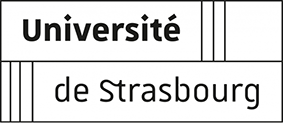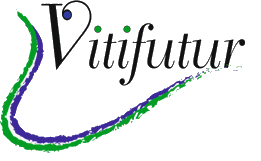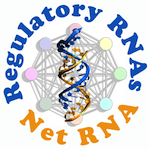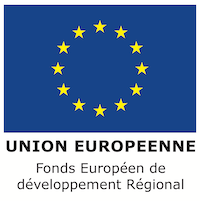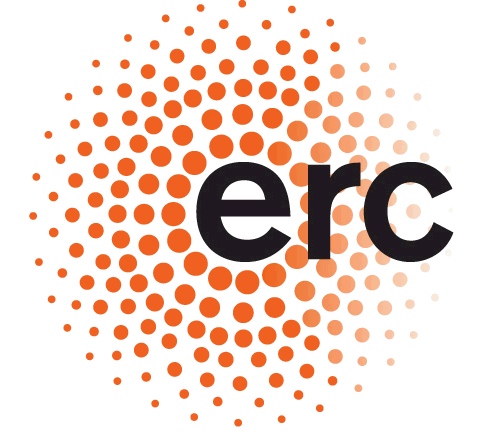Constructed wetlands are widely used to purify domestic wastewater, relying on the remarkable ability of plants like reeds to absorb and store persistent organic pollutants (POPs) in their tissues. However, every year, tons of contaminated plant biomass are harvested, becoming a problematic waste with no sustainable outlet.
In a study published in Nature Communications, an international team including Claire Villette, Julie Zumsteg, and Dimitri Heintz (IBMP) developed an innovative approach to recycle these polluted plant residues into liquid fertilizers enriched with beneficial compounds for plants.
By fermenting contaminated reed and nettle tissues, the researchers achieved a dramatic reduction of 87–95% in POP levels. This process depends on the coordinated activity of specific microbial consortia—both bacteria and fungi—which not only degrade plant cellulose (releasing trapped pollutants) but also transform toxic compounds into harmless or even beneficial metabolites.
The resulting liquid fertilizers are more than just depolluted: when applied to tomato plants facing infection by Rhizoctonia solani, a major fungal pathogen, they promoted plant growth and reduced disease severity. This beneficial effect appears to stem both from the stimulation of plant innate immunity and direct antimicrobial action by the microbial communities present in the fertilizer.
This discovery paves the way for a circular strategy to manage waste from constructed wetlands: instead of accumulating or incinerating contaminated plant cuttings, these residues could be transformed into valuable resources for sustainable agriculture and urban green space management.

